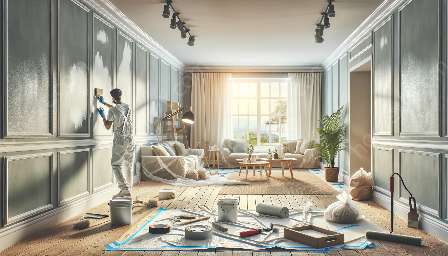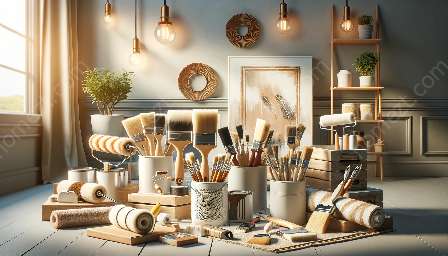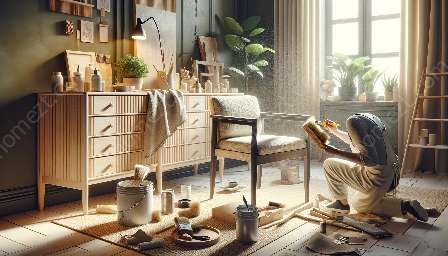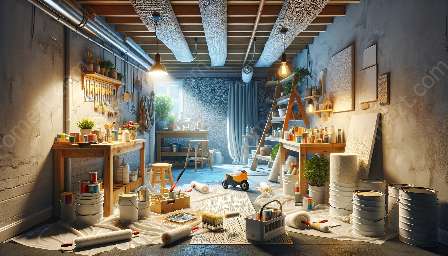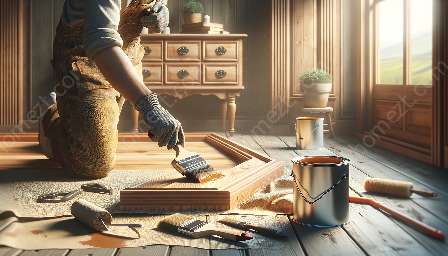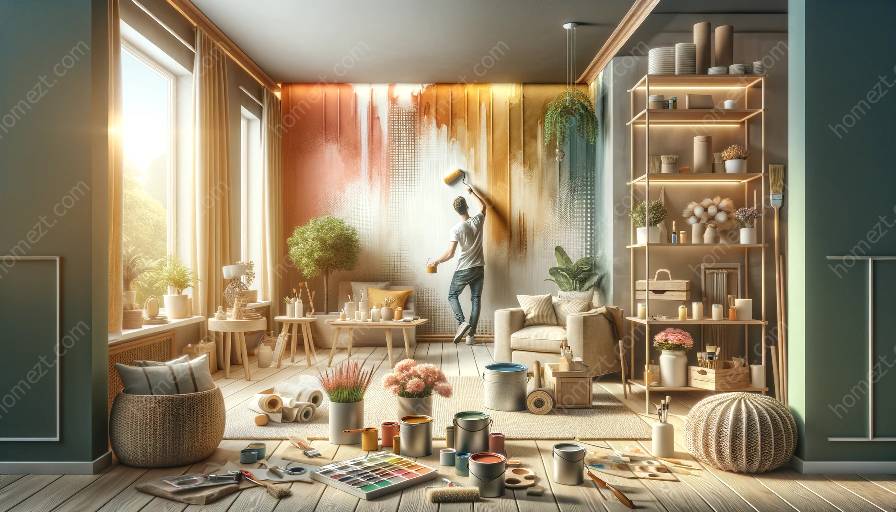Transforming the interior of your home with a fresh coat of paint can make an incredible difference in its overall look and feel. Whether you're a DIY enthusiast or a professional painter, mastering the right techniques can help you achieve a flawless finish. In this guide, we'll explore a range of interior painting techniques that are compatible with painting and home improvement, covering everything from surface preparation to the finishing touches.
Surface Preparation
Before diving into the painting process, the key to achieving professional-looking results begins with proper surface preparation. This includes cleaning the walls, filling any holes or cracks, and sanding the surfaces for a smooth finish. Use a quality primer to create a uniform base for the paint to adhere to, especially when painting over darker or heavily marked surfaces.
Choosing the Right Tools
Investing in high-quality tools can make a significant difference in the outcome of your painting project. Quality brushes, rollers, and painter's tape can help you create clean lines and an even application of paint.
Color Selection and Mixing
When it comes to selecting paint colors, consider the overall aesthetic of the space and how different colors can affect the mood and ambiance. Create a harmonious color palette that complements the existing decor. If you are mixing custom colors, ensure that you mix enough paint to complete the entire project and maintain consistency throughout.
Techniques for Painting Walls
To achieve a professional finish when painting walls, it's important to use the right techniques. Start by cutting in around the edges and corners with a brush before applying paint with a roller. Maintain a wet edge to avoid lap marks, and blend the sections together seamlessly.
Trim and Detail Work
Painting trim, molding, and details requires precision and attention to detail. Use painter's tape to protect adjacent surfaces and ensure crisp lines. Consider the type of paint finish that will best suit the trim and other details, such as gloss or semi-gloss for added durability.
Furniture and Feature Painting
For painting furniture or accent features, proper preparation and the right techniques are essential. Consider sanding and priming the surfaces, and utilize techniques such as distressing, antiquing, or stenciling to achieve unique and eye-catching effects.
Decorative Finishes
Experimenting with decorative finishes can add a creative touch to your interior painting project. Techniques such as sponging, rag rolling, or color washing can create textured and visually interesting surfaces.
Clean-Up and Maintenance
Once the painting is complete, proper clean-up and maintenance are essential for preserving the newly painted surfaces. Clean brushes and rollers thoroughly to prolong their use, and keep spare paint for touch-ups in the future.
Conclusion
Mastering interior painting techniques is a valuable skill for anyone looking to enhance their home through painting and home improvement projects. By understanding the best practices for surface preparation, paint application, and finishing, you can achieve professional-grade results and transform your living spaces. Whether you're refreshing the walls, updating furniture, or adding decorative touches, the right techniques can elevate the overall look and feel of your home.

